Constellations Vector Set Poster (it Is Only 12 Dollars!)

Constellations Vector Set Poster (it is only 12 dollars!)
More Posts from Alitheastronomer and Others










Striking views of our Solar System
Otherworlds: Visions of our Solar System can be seen at the Natural History Museum, London, from 22 January - 15 May 2016.
All credits on the link above
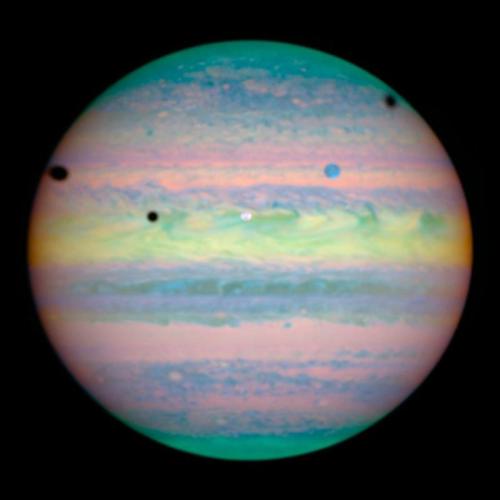
Three moons cast shadows on jupiter, taken by the NASA Hubble space telescope.
via reddit
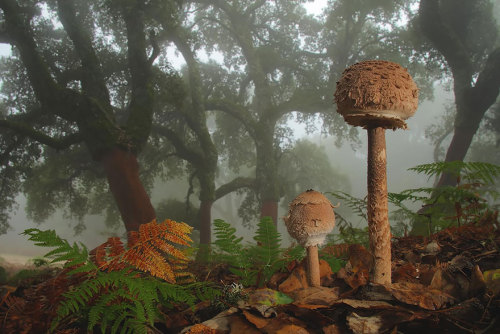
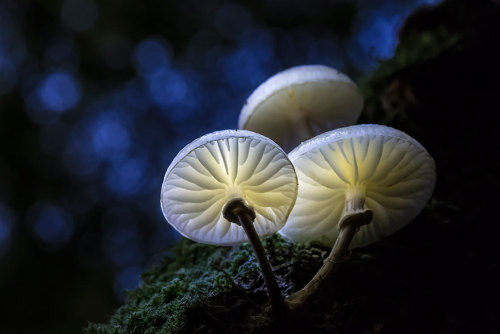
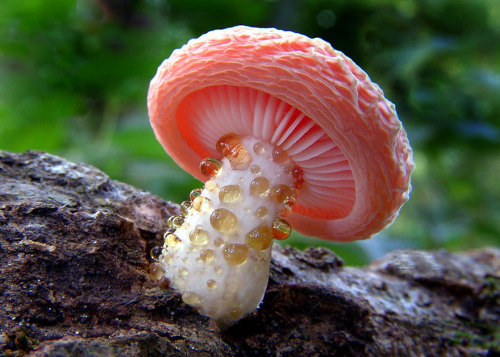
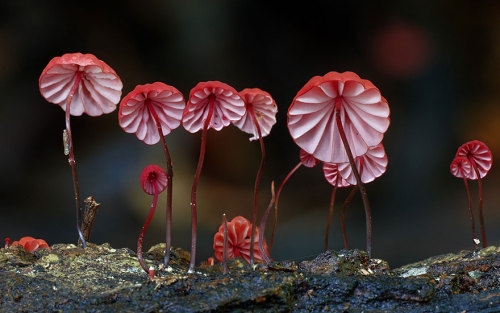
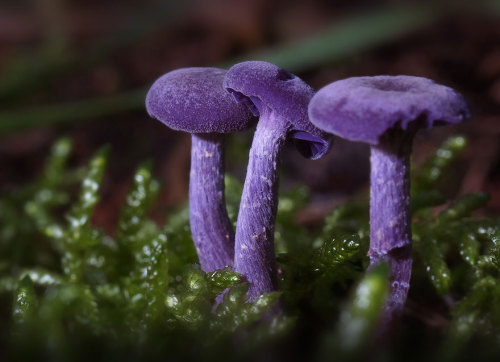
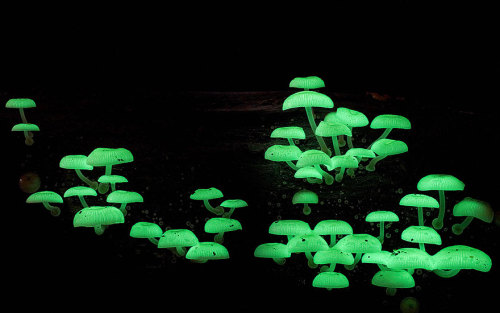
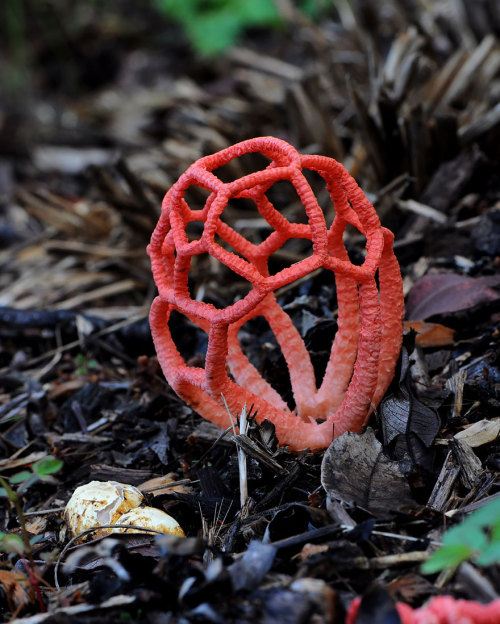
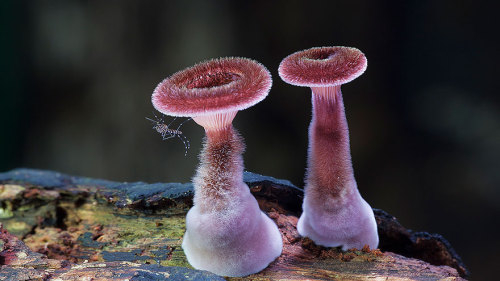
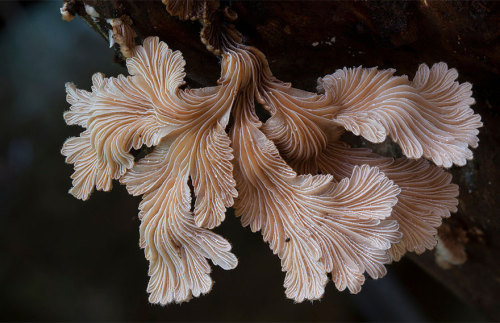
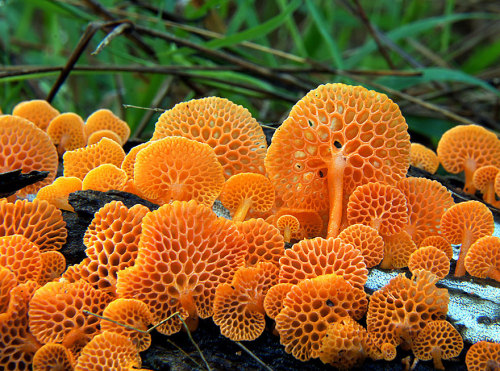
The Mystical World Of Mushrooms Captured In Photos
Most people consider mushrooms to be the small, ugly cousins of the plant kingdom, but theirs is surprisingly beautiful and wonderful world waiting to be explored. These beautiful mushrooms, captured by enthusiastic nature photographers, are a far cry from the ones you find in the woods or your local grocery store.
Most mushrooms, as we know them, are actually just the reproductive structure of the fungus they belong to – their fungal networks expand far further underground, and some fungi don’t even sprout the sort of mushrooms that we’re used to seeing. In fact, depending on your definition of “organism,” the largest living organism in the world is a fungus – there’s a honey mushroom colony in Oregon that occupies about 2,000 acres of land! ( Bored Panda )
Courtney’s Big Space Book Recommendation Post
Okay, so, hi. It has come to my attention that I have gained a lot - a lot - of followers over the last few weeks due to hype for The Martian. Rad.
So, with that in mind, I’ve decided to put together a bunch of non-fiction space recommendations for y’all. Since an anon asked a few days ago, and I kindof want to do it more justice.
If you are new to me and my blog, you might not be aware that I am a gigantic fucking nerd for human space flight and exploration, and I have a boatload of dumbass blogs about it. So, uh, I’ve read a lot of books. Like, lots.
Keep reading
What’s Up for February 2016?
Five morning planets, Comet Catalina passes Polaris and icy Uranus and icy Vesta meet near Valentine’s Day.

February mornings feature Mercury, Venus, Saturn, Mars and Jupiter. The last time this five-planet dawn lineup happened was in 2005. The planets are easy to distinguish when you use the moon as your guide. Details on viewing HERE.
If you miss all five planets this month, you’ll be able to see them again in August’s sunset sky.

Last month, Comet Catalina’s curved dust tail and straight ion tail were visible in binoculars and telescopes near two galaxies that are close to the handle of the Big Dipper. Early this month, the comet nears Polaris, the North Star. It should be visible all month long for northern hemisphere observers.

There will be more opportunities to photograph Comet Catalina paired with other objects this month. It passes the faint spiral galaxy IC 342 and a pretty planetary nebula named NGC 1501 between Feb. 10 – 29. For binocular viewers, the magnitude 6 comet pairs up with a pretty string of stars, known as Kemble’s Cascade, on Feb. 24.

Finally, through binoculars, you should be able to pick out Vesta and Uranus near one another this month. You can use the moon as a guide on Feb. 12, and the cornerstone and the corner stars of Pegasus all month long.

For more information about What’s Up in the February sky, watch our monthly video HERE.
Make sure to follow us on Tumblr for your regular dose of space: http://nasa.tumblr.com


Size of nebulae
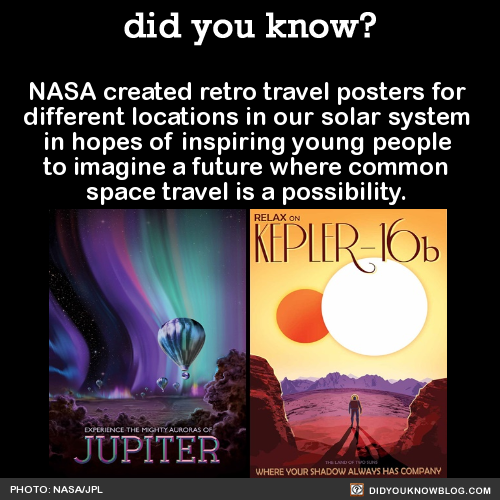
NASA created retro travel posters for different locations in our solar system in hopes of inspiring young people to imagine a future where common space travel is a possibility.

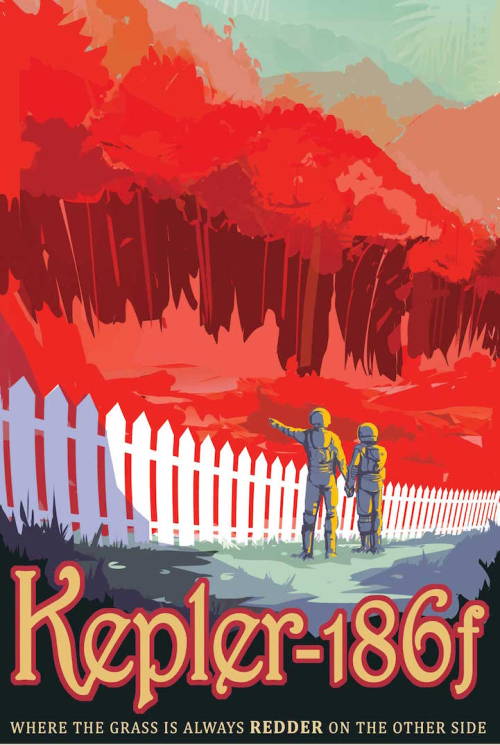


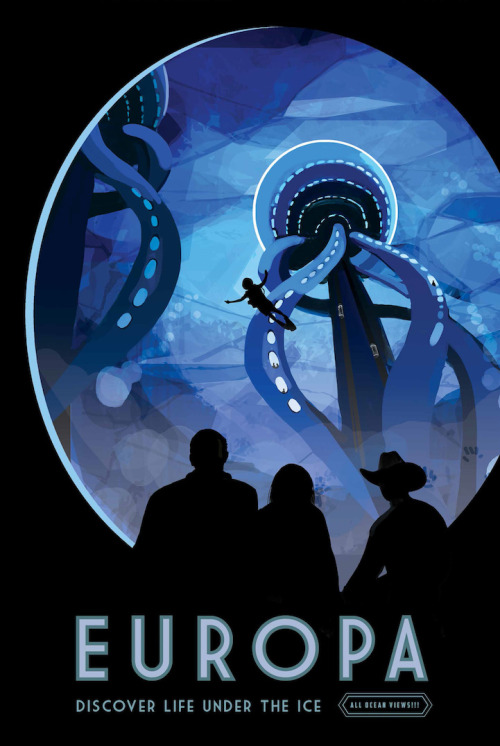
Source
![A Multi-Camera 360° Panoramic Timelapse Of The Stars By Vincent Brady [VIDEO]](https://64.media.tumblr.com/4e12ed79b6fa93fbd2f17ccd004921d6/tumblr_n7h573O5RR1rte5gyo1_500.gif)
A Multi-Camera 360° Panoramic Timelapse of the Stars by Vincent Brady [VIDEO]

-
 csb-makemehasandwich liked this · 8 years ago
csb-makemehasandwich liked this · 8 years ago -
 omgkawaiiakuma liked this · 8 years ago
omgkawaiiakuma liked this · 8 years ago -
 sgreadail reblogged this · 8 years ago
sgreadail reblogged this · 8 years ago -
 sgreadail liked this · 8 years ago
sgreadail liked this · 8 years ago -
 shesanonymous liked this · 8 years ago
shesanonymous liked this · 8 years ago -
 reynaderoma liked this · 8 years ago
reynaderoma liked this · 8 years ago -
 90yoisho liked this · 8 years ago
90yoisho liked this · 8 years ago -
 sjdjdnmxkkdndkdnfm liked this · 8 years ago
sjdjdnmxkkdndkdnfm liked this · 8 years ago -
 rina-torres-13 liked this · 9 years ago
rina-torres-13 liked this · 9 years ago -
 les-mesaventures reblogged this · 9 years ago
les-mesaventures reblogged this · 9 years ago -
 castiel-coat liked this · 9 years ago
castiel-coat liked this · 9 years ago -
 lexiarabella-blog liked this · 9 years ago
lexiarabella-blog liked this · 9 years ago -
 undertheawkward reblogged this · 9 years ago
undertheawkward reblogged this · 9 years ago -
 pastelsnightmares liked this · 9 years ago
pastelsnightmares liked this · 9 years ago